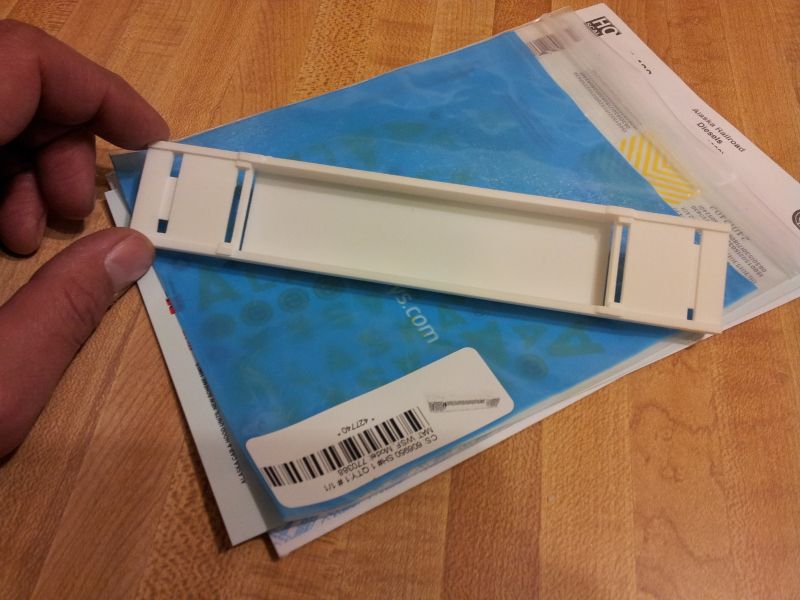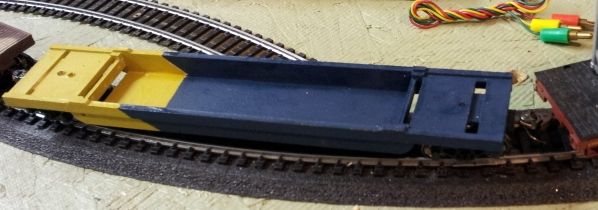I'm a model railroader who is currently going to business school. As part of my program, I visited a workshop earlier today that specializes in 3D printing. The guys working there there described all of the things that they can do. The items that the shop produced were quite impressive. They were able to quickly make a few plastic animals for me and my colleagues to take home. That prompted me to wonder what practical applications this technology might have for railroad modelers. How might this change our hobby? It seems to me that as 3D printing continues to "come of age," so to speak, crafting bespoke items and replacement parts may become significantly easier. As far as I can tell, the only major drawback is that modern printers can't yet achieve the level of detail it would take to build truly tiny things, like detains on the side of an N-scale locomotive. This also sort of caused to wonder whether 3D printing might "disrupt" (to borrow a business term) the model-building industry as a whole. Anyone with a little know-how and access to a 3D printer could become far less dependent on manufacturers to provide very specific things. A Google image search seems to bear this out.
While there remains a certain percentage of today's hobbyists capable of both computer designing the critical set of specs necessary for 3-D locomotive superstructure fabrication, as well as the modeling skills/talents equally necessary to successfully scratchbuild the mechanism for say a custom steam locomotive's frame and drive gear to carry a 3-D generated superstructure, their numbers are small and by all evidence shrinking. The days of large numbers of hobbyists building road specific motivepower that might support a broad use of this new and innovative approach to our hobby is long past and 3-D printing is highly unlikely to revive it.
At best I could see a future in a limited 3-D printing market for R-T-R, or less likely advanced craftsman kits, addressing highly road specific locomotives and rollingstock produced in very small batches on a pre-order basis at what in our current economy would be regarded as outrageous prices. Such might be the future of the few remaining large commercial manufacturers we still have today as interest in our hobby shrinks...shades of a return to something like the cottage industry that scale model railroading arose from nearly a century ago.
CNJ999


